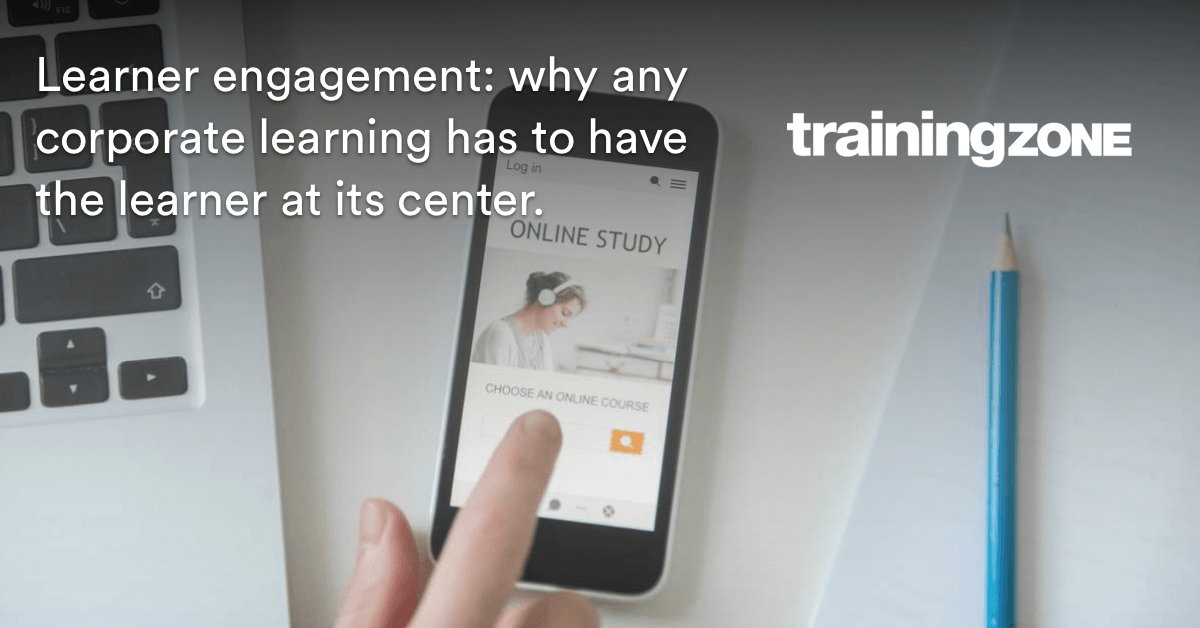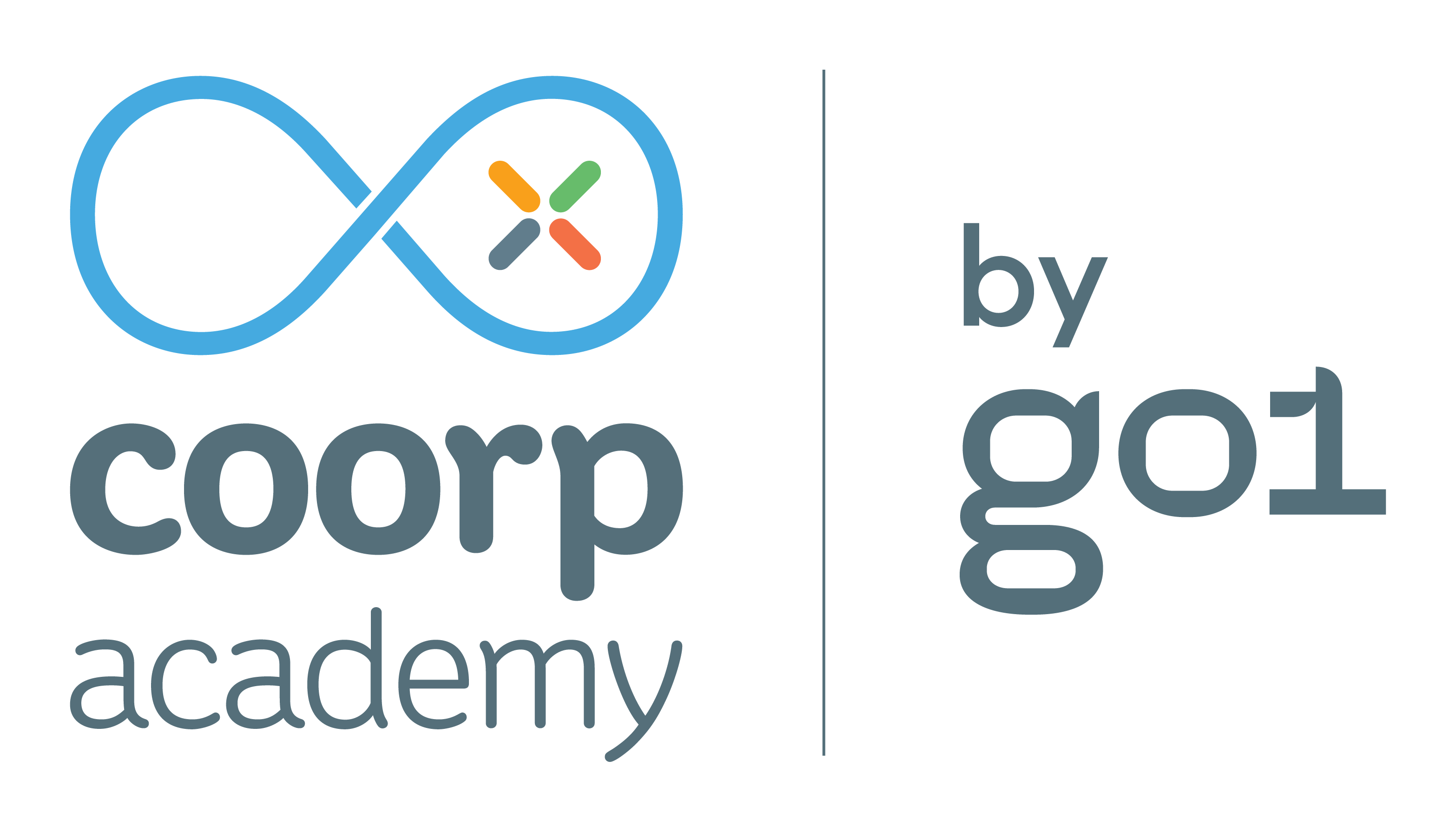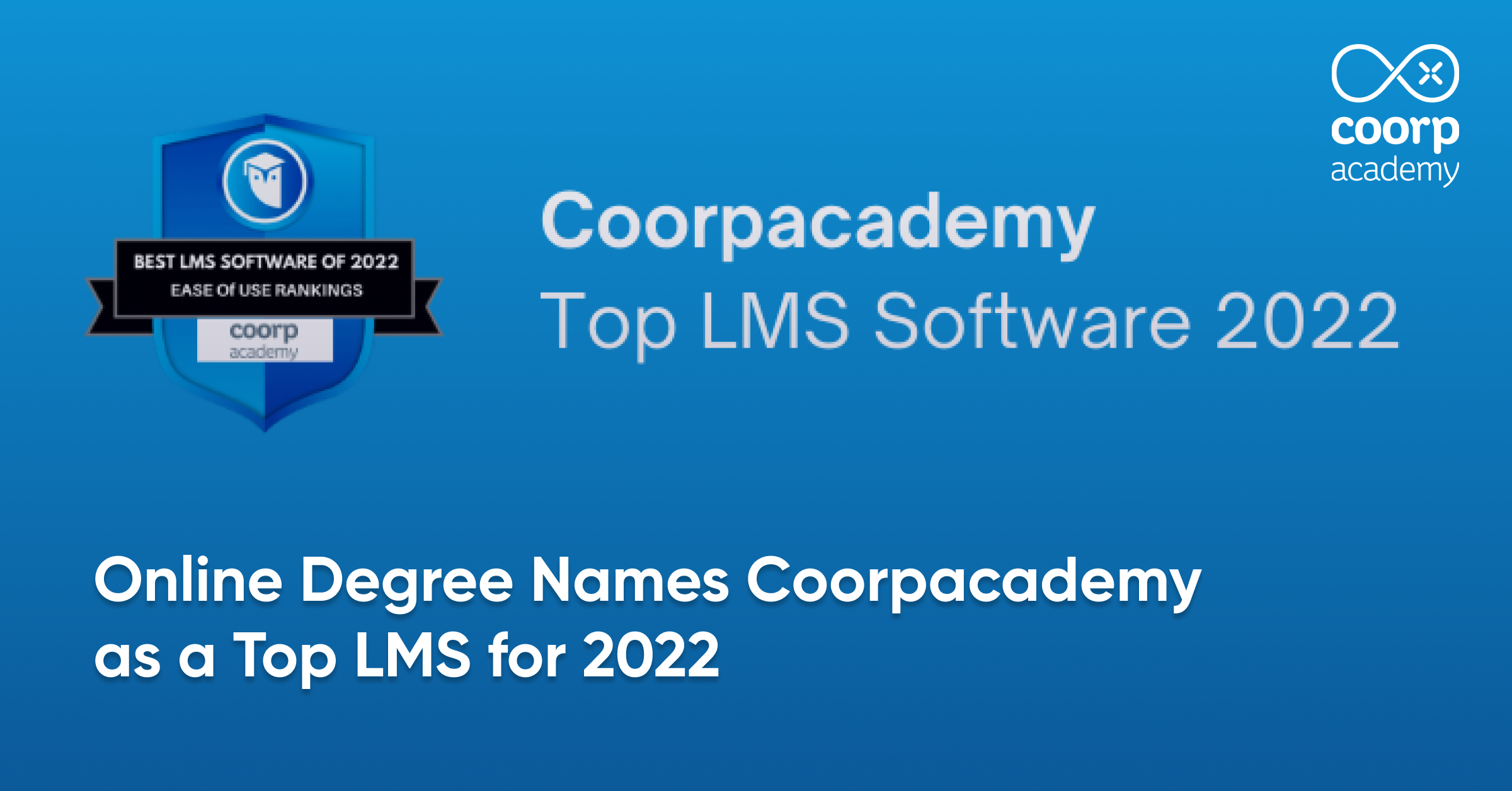Learner engagement: why any corporate learning has to have the learner at its centre
Press

This piece has been written by Jean-Marc Tassetto, co-founder of Coorpacademy, and originally published on Training Zone. To read it in its original form, it’s here.
For too long, our business learning culture hasn’t really been working, but times are changing. Today’s always-on working environment requires a system with users at its heart.
The speed of technological disruption is accelerating and in our rapidly changing job market, with new job roles constantly emerging, we need to up-skill to survive, so training is crucial.
We demand it from our employers, but things are amiss with the whole corporate training model. A top down approach that is slow and inflexible secures user engagement levels as perilously low as 5 – 10%, and completion rates as low as 2 – 3%, which just won’t suffice.
This is mainly because it’s money down the drain. To translate these numbers into annual L&D budgets, that means that even the low number who agree to go on internal training courses, or download company supplied e-learning barely complete what the HR leadership thinks they should.
This is a serious waste of valuable corporate budget in unforgiving competitive times, which no CFO or CEO can be sanguine about.
We need training, as organisations. We need to get team members updated on vital new data protection (e.g. GDPR) legislation, changed health and safety regulations, equality and diversity initiatives, as well as task-oriented learning to help them do their jobs better, for example equipping the global sales team on the compelling new features of the latest release of our core product.
HR and training leaders need to place the learner’s experience back at the top of the priority list for any new learning project in order to bridge the gap.
To get corporate learning back to being a great and worthwhile investment, the picture needs to be flipped – urgently. We need a way to connect back with the learner and find a way to deliver what they want and need. We also need to rethink the way content is delivered.
We must ask ourselves if it is realistic to expect people who work remotely and anytime to stop everything and sit in front of a trainer droning on at them with a Powerpoint presentation and a laser pointer for eight solid hours.
Too much business training is the product of a learning culture that does not reflect the reality of work pressures and our daily digital lives, and how we want to learn.
It’s also a culture that assumes learners are passive objects that can just get shuffled in and out, uncomplainingly, of all those unexciting company training rooms.
The missing element
The siren of change is getting louder. According to the new Market Guide for Corporate Learning Suites from global analysts Gartner, HR and training leaders need to place the learner’s experience back at the top of the priority list for any new learning project in order to bridge the gap.
Gartner provides useful clues on how to do this by identifying a new corporate L&D aid plus new market segment – the Learning Experience Platform (LEP). This is an additional portal layer that expands the range of content and enhances learner engagement with training content.
LEPs are a class of HR support that include content creation and off-the-shelf content that are designed to improve the learner experience by embedding learning into daily activities or the applications on which staff spend the most time.
The next frontier in this user-centric business learning culture is the move towards adaptive learning, in which content and teaching frameworks are definitively customised to the individual.
What does this way of supporting training look like in practice? It’s actually pretty close to what you and I are already doing in our day-to-day lives – for a reason.
We live on our phones. We all try and make dead time waiting for a train or a phone call as useful as possible, looking for content – and we refuse to be delayed by a knowledge gap, turning to the internet to plug any lack of understanding when identified. To let off steam, we might play a mobile game for a minute or two.
Imagine training delivered that way – mobile, always available, in short episodes, and where appropriate, in a quiz or battle format for fun.
Need to know about Blockchain? You could send me on a two-day residential course once a year – or offer me a way to grab five to eight minutes of useful content, supported by video, when I have focus and want a bite-sized hit of learning then and there.
Asking the learner questions before any teaching takes place (the flipped pedagogy model) pinpoints their level and means they’ll be offered the lessons they actually need.
The picture I hope you see emerging is of a new, powerful and flexible learning culture to help the learners on the ground and day-by-day.
A user-centric culture
Finally, the next frontier in this user-centric business learning culture is the move towards adaptive learning, in which content and teaching frameworks are definitively customised to the individual.
We know Gartner have spotted a genuine change here, as we have seen it ourselves with our clients who use learner-centric LEP technology to do the very thing Gartner wants.
“We are witnessing growing buyer requirements for better personalisation, especially for learner recommendations and individual learner paths. In addition, with the improvements in mobile, video and collaborative capabilities, coupled with learner preference for ‘bite-sized’ learning, we’re seeing mounting demand for micro learning,” says the Gartner report.
The next step for any L&D leader who wants to help develop staff human potential, in order to up-skill and future-proof their workforce, is to complement their existing training support with the best of a customised LEP approach. It’s a great way to secure your competitive edge, and the very best of your staff.


